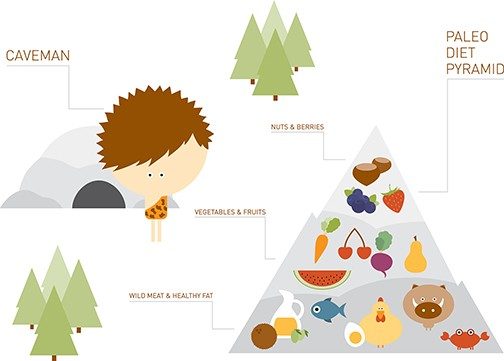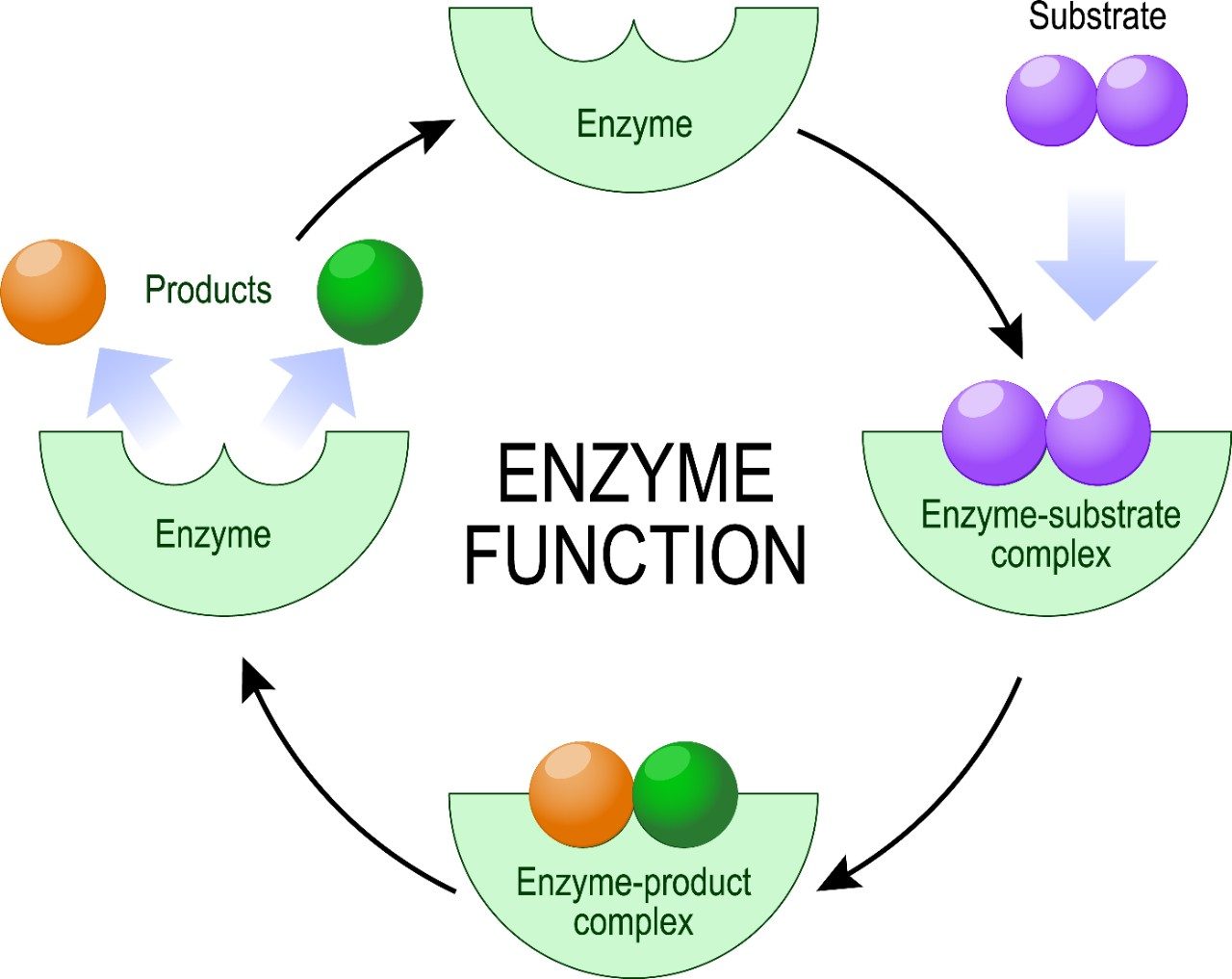Open for Discussion: Should We Eat Like Our Stone-Age Ancestors?
By Michael Tinnesand February/March 2019
In 2014, as word of the paleo diet spread, one columnist predicted its quick demise. Many dieticians said there was no evidence that the lifestyle trend was beneficial. But today, proponents continue to promote it.
Paleo’s adherents suggest that we should eat like early humans did about 3.3 million to 10,000 years ago. This was the era of hunter-gatherers, before the development of agriculture. Stone Age diets consisted of wild fish, game, fruits, nuts, and roots. It did not include animal milk or dairy products, legumes, modern grains, or any processed foods.
But over the years, our diets have changed profoundly due to advances in agriculture and technology. Paleo proponents argue that our bodies are still similar to the bodies of our ancestors and therefore out of sync with the modern diet. So, should we eat like hunter- gatherers?
Reality Check
First, let’s consider if it’s even possible to find food that resembles meats and produce from the Paleolithic era. Nearly all the foods we buy today have been significantly modified by selective breeding over the past 10,000 years. We’ve bred animals to be fast growing and provide large amounts meat. We’ve favored the biggest, hardiest and plumpest varieties of fruits and vegetables, so they bear little resemblance to their plant predecessors. Tomatoes in the Stone Age, for example, were the size of berries.
At the same time, humans’ bodies have also changed. The ability to digest milk sugar, called lactose, is a prime example. In Paleolithic times, infants were nourished by their mother’s milk. But after about two years of age, the gene that produces the enzyme lactase, which allows us to break down lactose (Fig. 1), would shut off—and toddlers would lose the ability to digest milk.
But as humans began domesticating cows and goats, milk from these animals became a source of nutrition. Adults still had a hard time digesting the animal milk, but turning it into cheese reduced the lactose content, which made it easier to digest. Milk became an easier-to-drink option when a random DNA mutation in some people allowed the lactase gene to stay active into adulthood.
The milk advantage
Incorporating animal milk in a person’s diet turned out to be an advantage. Genetics researchers have reported that between 5,000 and 10,000 years ago, lactose-tolerant people in some parts of the world, including Northern Europe, reproduced at a higher rate than lactose-intolerant individuals. Two-thirds of the global population are still lactose intolerant as adults. But the fact that one-third of us can drink milk without running to the bathroom afterwards shows how well we can adapt—and benefit from—dietary changes.
As the saying goes: You can’t go home again—and perhaps that is true with our diets as well. If we could time-travel and sit down for dinner with a family of cave-dwellers, it would be an interesting meal. But whether it would be healthier is open for discussion.


"Whether you want to be a public speaker, an entertainer, or in a scientific field, think about how chemistry fits in. For me, I wanted to pursue environmental and social justice, so I figured out how chemistry fit into that."



